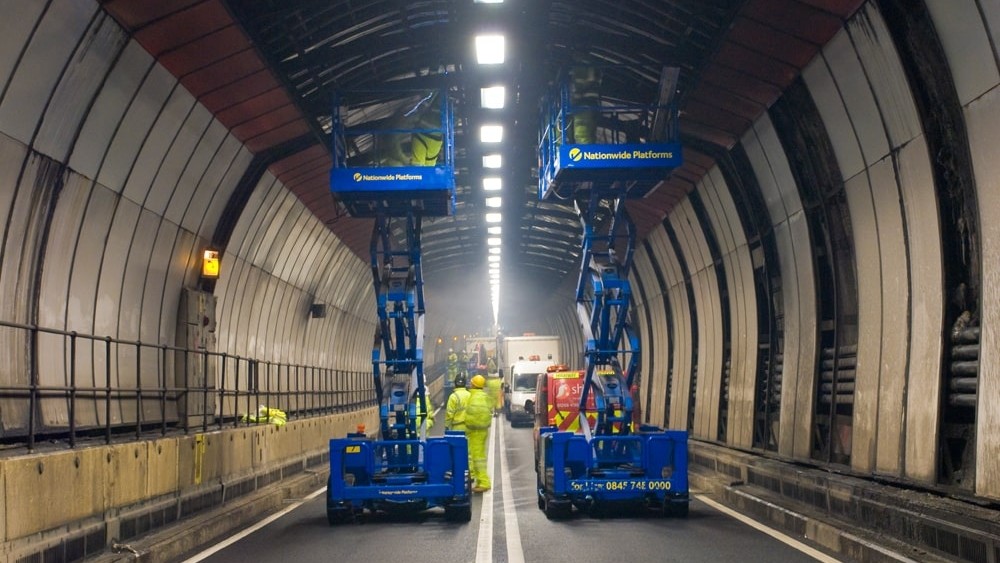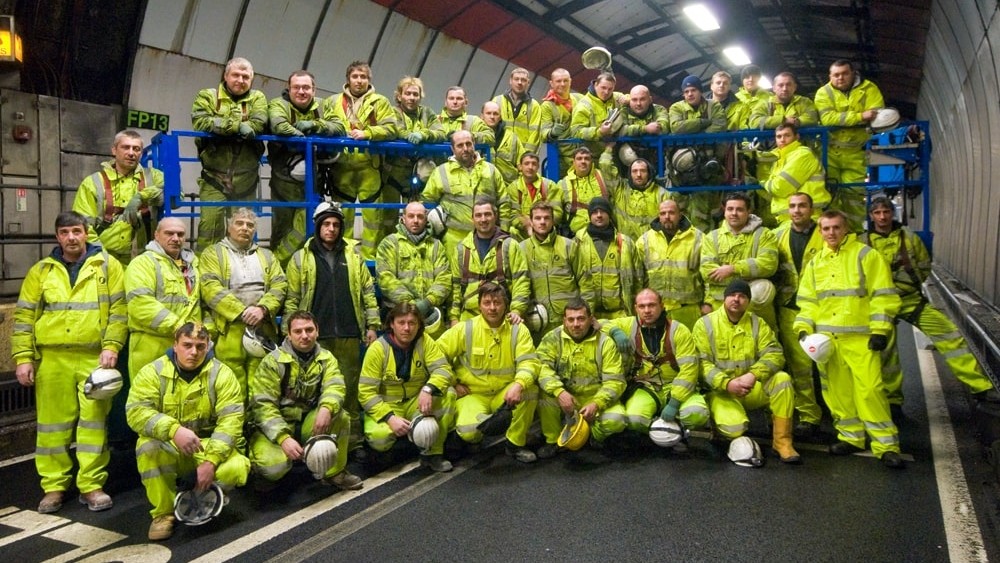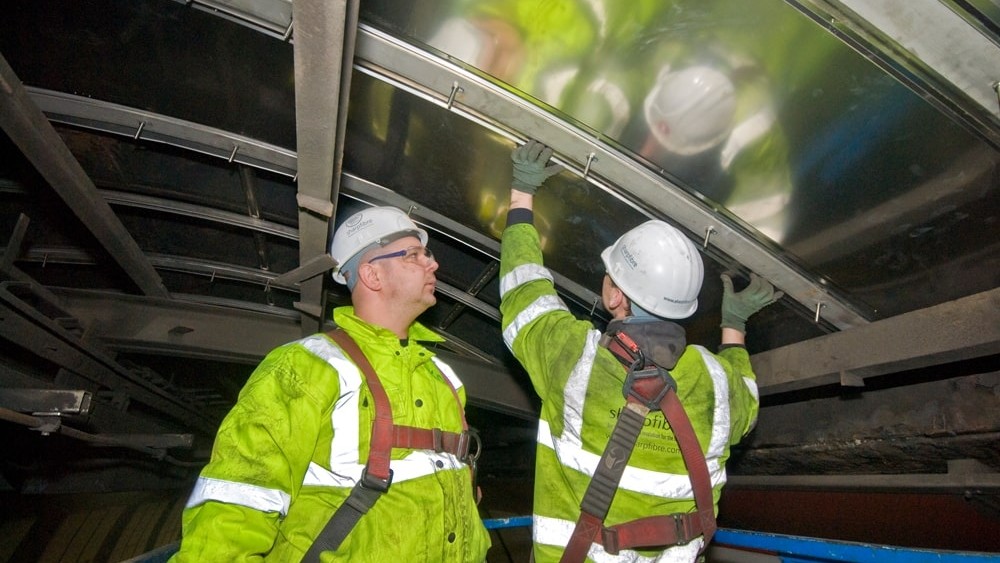The Dartford Thurrock Crossing is a major trunk road that links the M25, London Orbital Motorway, between Junctions 2 and 31. The introduction of the European Directive 2004/54/EC on 30 April 2004 requires that all tunnels longer than 500 meters and belonging to the Trans European Road Network meet minimum safety requirements, and in particular, related to fires. With the amount of heavy good vehicles that currently use the Dartford Thurrock Crossing, it was necessary to adopt a high performance fire protection design within the West Tunnel. It was proposed that the RWS (RijksWaterStaat) fire curve was adopted as the basis for designing the new passive fire protection solution. The performance specification demanded that the new fire protection solution must protect against temperatures of 1350 °C for a minimum of 2 hours. The new passive fire protection system must also accommodate a static pressure of +/- 1.5 KPa caused by winds and moving traffic, whilst providing a maintenance free design life of 40 years.
Sharpfibre was awarded the project to design and install the new passive fire protection package in March 2009. Due to the short timeframes involved in this scheme, meticulous planning and preparation prior to the start of works on site represented the key to the successful delivery of the works. Working from first principles, Sharpfibre engaged its specialist project delivery team consisting of Ancon Building Products (Stainless Steel Systems), Promat UK Limited (Fire protection boards) and Industrial Marine Coatings (Surface finishes). This project delivery team helped establish a robust design solution which was independently tested and approved prior to the installation programme on site.
Once on site, all installation works were carried out over a five day shift pattern under strictly controlled road traffic management closures between the hours of 22.00 and 05.00. Whilst the installation of the passive fire protection system was underway, Sharpfibre had to accommodate unplanned and emergency maintenance works without effect on the overall completion date. Following the meticulous planning both pre-construction and while on site, the passive fire protection works were successful delivered 26 weeks after commencement.













